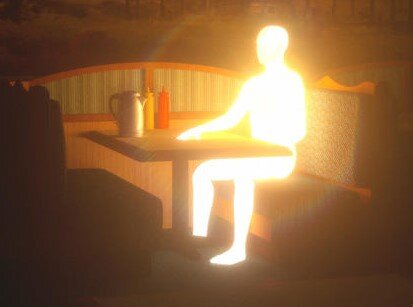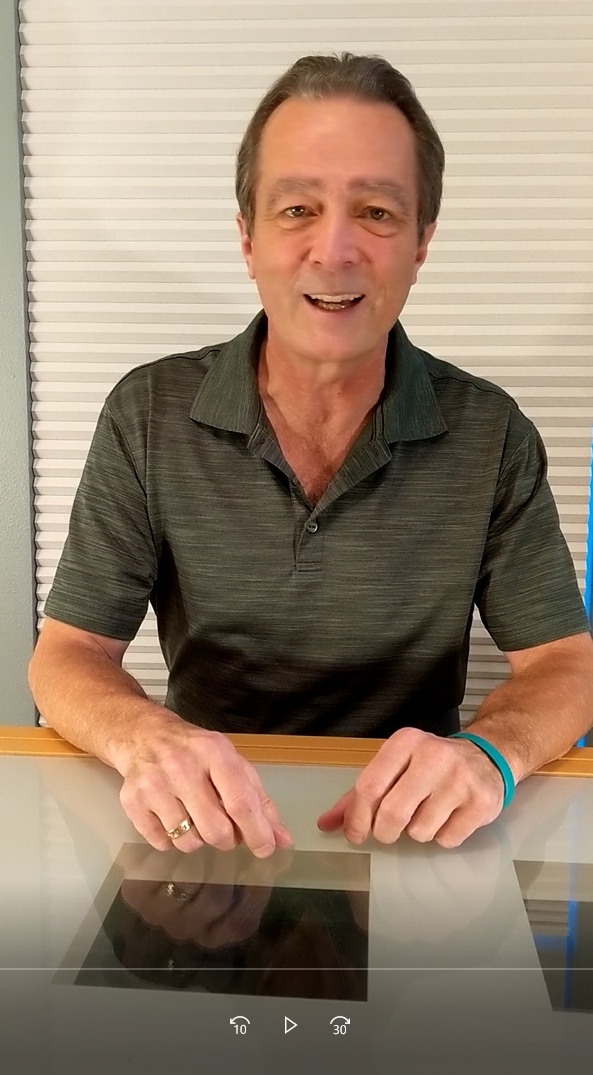Through my own trial I’ve learned about how costs of care during a trial get distributed. While the trial sponsor covers the cost of expenses that are specific to the trial, insurance companies pay for any treatment that is considered Standard of Care. But what is Standard of Care? It doesn’t seem to me that it would be Standard of Care to get a CT scan every six weeks, or have an echocardiogram, which I had never had before. Regardless, my insurance company footed the bill. Not all of it, of course. I have a co-pay. In the past five years of trial participation, these co-pays have totaled over $25,000. While medical providers will work with people based on ability to pay, most end up on payment plans that will extend beyond their lifetime.
And then there is the cost of travel to the trial. My trial is in San Diego, a thousand miles from my Portland home. Fortunately, travel schedules line up so that we can fly out at 6:30 AM, and return on a 6:30 PM flight. It was a very tight squeeze to get all the testing done in one day, until I proposed that I get my CT scans in Portland, before coming to San Diego. We are fortunate that this has worked, or we would have had to add hotel expenses for the last 38 flights. As it is, air fare, ground transportation, parking, and meals have totaled over $22,000. Imagine if I had to travel further from home, like two of my friends who live nearby in Vancouver, Washington, who were both in a trial at MD Anderson in Texas. Each trip required a day to get there, one to three days at the trial center, and a day to fly home. I imagine that their total cost was many times what Genevieve and I have paid.
By the way, I advocated to have my travel expenses paid for by the trial (the clinic), my insurance company, and the trial sponsor (drug company), and none would cover any of the costs.
Combined, we have spent almost $10,000 per year to participate in a “free” clinical trial. We are extremely fortunate that we are able to afford these expenses. If not, I would no longer be alive.
To put this in perspective, there was a recent USA Today article about a survey that showed that 40% of Americans couldn’t afford to cover a $400 unexpected expense. How would a cancer survivor, who most often has had to unexpectedly stop working due to their health, pay $10,000 per year?
Ignoring the clinical trial for a moment, the cost of cancer treatment is an extraordinary financial burden, even with insurance.
Last Summer, Genevieve and I went to the LUNGevity HOPE Summit. (This is an awe-inspiring event for any survivor or caregiver, by the way. Learn more HERE.) During the Summit, I led some small-group sessions discussing the biggest non-health challenges to dealing with cancer. Finances were the number one concern, and by a wide margin. Several had declared bankruptcy, or were close to it, including a friend of mine who had never talked about it.
In short, we have another silent killer on the loose besides lung cancer – one that even people with lung cancer, who are used to dealing with stigma every day, won’t even say out loud. It’s the cost of treatment. And the cost of travel to get to treatment. And the lost wages due to the illness. I have no doubt that there are people who refuse treatment, simply because they do not want to place that financial burden on their families. This breaks my heart.
While we need to solve this problem, I couldn’t very well gnash my teeth and whine about this without being accountable in some way. My response was to search the web for every form of financial assistance for people with lung cancer. As a result, I have added a new page to my blog. Click on the tab that says “Financial Resources” to see what is available.
And now it’s your turn. Make some noise about the high cost of treatment for cancer survivors, any way you can. If we are successful, more people will live longer, and have more to live for.
Love,
Dann







































